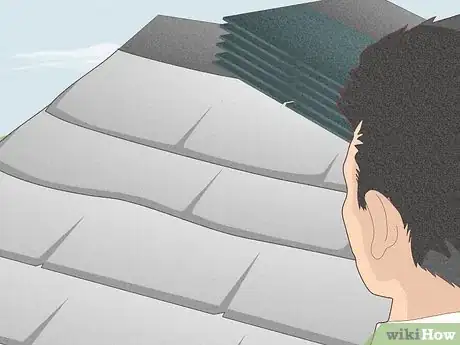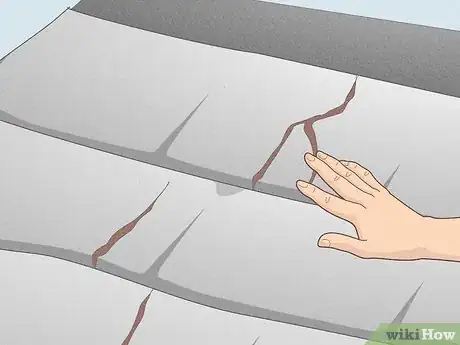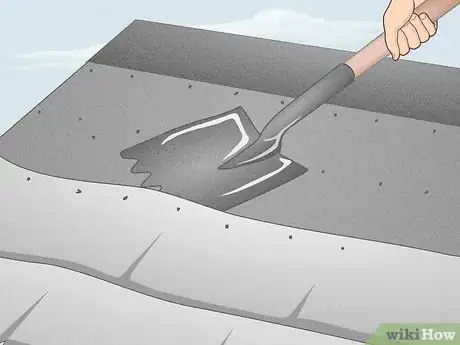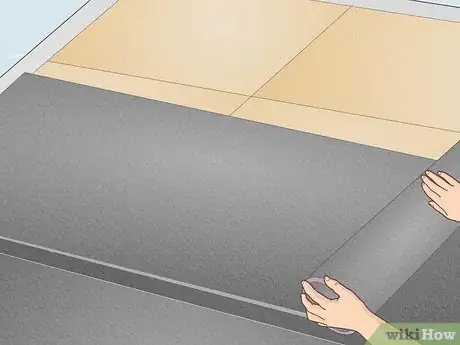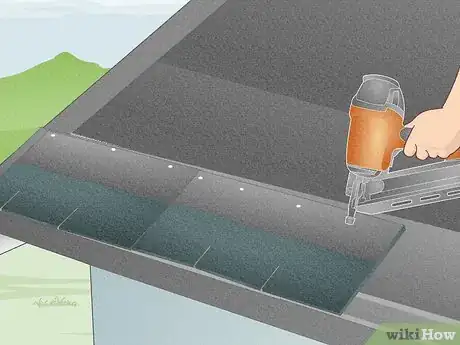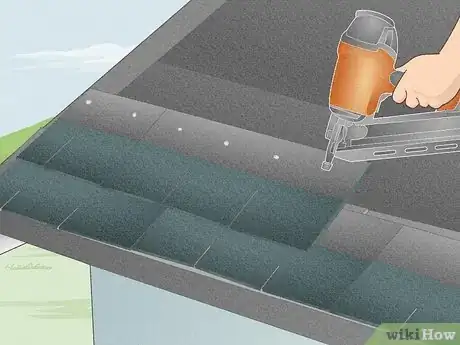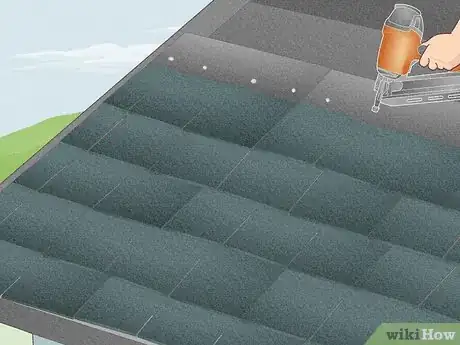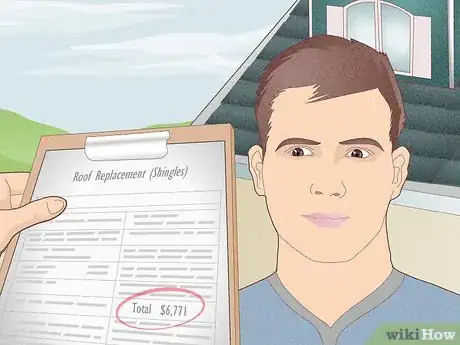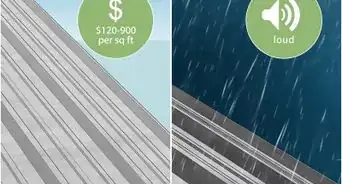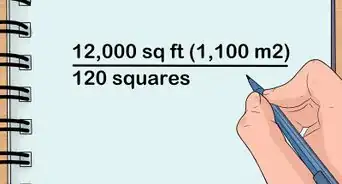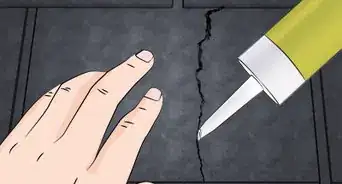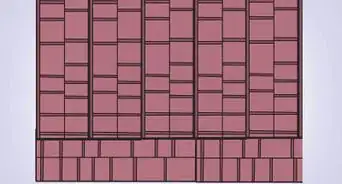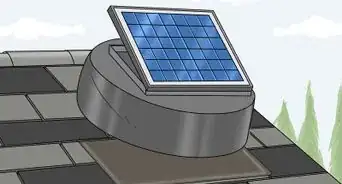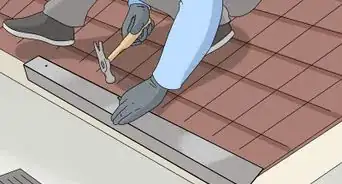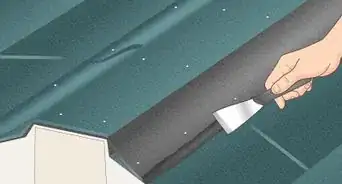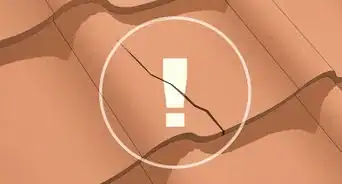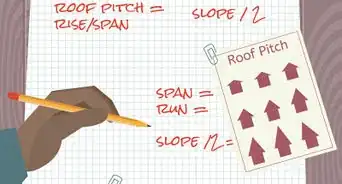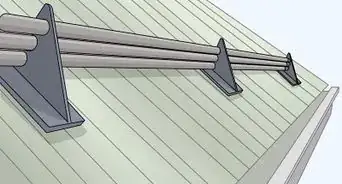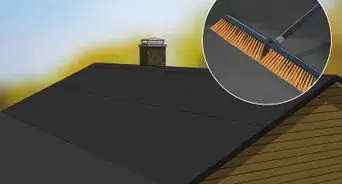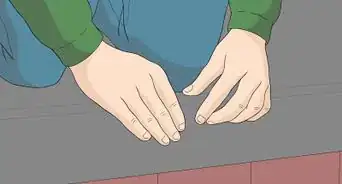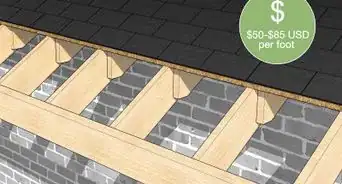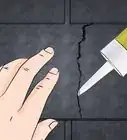This article was co-authored by wikiHow Staff. Our trained team of editors and researchers validate articles for accuracy and comprehensiveness. wikiHow's Content Management Team carefully monitors the work from our editorial staff to ensure that each article is backed by trusted research and meets our high quality standards.
There are 7 references cited in this article, which can be found at the bottom of the page.
wikiHow marks an article as reader-approved once it receives enough positive feedback. In this case, 100% of readers who voted found the article helpful, earning it our reader-approved status.
This article has been viewed 110,790 times.
Learn more...
Roof shingles serve the very important purpose of waterproofing your roof. Without them, there would be water dripping all over you and your belongings any time it rains! A good roof lasts a long time, but they do wear out eventually and need to be reshingled. This is a job you can hire a professional to do for you, or you may decide to tackle it yourself. We’ve put together answers to some of the questions you may have about reshingling a roof.
Steps
Should you remove old shingles before installing new shingles?
-
1It’s usually better to tear up the old shingles before installing new ones. Removing the old shingles lets you inspect the underlay and the roof deck for defects or water damage. You can then deal with any problems before you reshingle the roof.[3]
- Tearing off the old shingles first also allows you to upgrade the flashing and underlayment if you want to.
-
2Sometimes you can lay new asphalt shingles on top of the existing layer. This is only allowed if there is only 1 existing layer of asphalt shingles. You may choose to do this to cut costs, as it is a faster and less labor-intensive method.[4]
- Keep in mind that adding a new layer of shingles on top of your roof adds a lot of weight, which can put unnecessary strain on the roof during the winter if it also has to bear the weight of snow.
How do you nail shingles on a roof?
-
1Begin by nailing a strip of starter shingles around the perimeter of the roof. First, lay starter shingles along the roof’s gables, securing them in place with 4 evenly spaced roofing nails per strip. Then, lay starter shingles along the eves of the roof, overlapping them with the gable starter shingles where they meet in the corners of the roof.[7]
- Starter shingles are special narrow strips of shingle material designed to go under the first row of shingles. They have an adhesive strip along the back to provide added security at the edges of the roof during strong winds.
-
2Lay your first course of shingles flush against the eve starter strip. Place the first shingle in the corner and nail it in place with 4 evenly spaced roofing nails. Lay and nail shingles along the whole eve until the first row of shingles is complete.[8]
- If you live in a high-wind zone, use 6 roofing nails per shingle instead of 4 for added security.
-
3Keep nailing shingles up the roof, overlapping each course with that below. Look for the white or pink center line on the bottom shingles and overlap the next row right up to that line. Continue nailing each shingle in place with 4 evenly spaced roofing nails. Work your way up the roof until you cover it completely in new shingles.[9]
- Cut shingles and stagger them so each new course of shingles covers the seams between the course of shingles below it.
Community Q&A
-
QuestionI need directions on how to start the first row of shingles?
 Community AnswerJust flip your shingles around so the straight edge faces away from the peak (straight edge to the edge of your roof). Nail them like normal and then do your next row the same, with the three edges of the shingles lining up with the edge of your roof.
Community AnswerJust flip your shingles around so the straight edge faces away from the peak (straight edge to the edge of your roof). Nail them like normal and then do your next row the same, with the three edges of the shingles lining up with the edge of your roof. -
QuestionDo I remove old nails or pound old nails onto the roof?
 DonaganTop AnswererEither way works.
DonaganTop AnswererEither way works. -
QuestionSome roof is against the building. Are no ridge caps needed?
 DonaganTop AnswererRidge caps are for the peak of the roof. Flashing may be required in your case.
DonaganTop AnswererRidge caps are for the peak of the roof. Flashing may be required in your case.
References
- ↑ https://www.dli.mn.gov/sites/default/files/pdf/edu_roofing.pdf
- ↑ https://www.dli.mn.gov/sites/default/files/pdf/edu_roofing.pdf
- ↑ https://www.thisoldhouse.com/roofing/21019048/read-this-before-you-redo-your-roof
- ↑ https://www.thisoldhouse.com/roofing/21019048/read-this-before-you-redo-your-roof
- ↑ https://www.youtube.com/watch?v=3wOYxizLYiA&t=88s
- ↑ https://www.thisoldhouse.com/roofing/21019048/read-this-before-you-redo-your-roof
- ↑ https://www.youtube.com/watch?v=iFcwChKrNeg&t=155s
- ↑ https://www.youtube.com/watch?v=qrJ_GCPyDsA&t=55s
- ↑ https://www.youtube.com/watch?v=qrJ_GCPyDsA&t=180s
